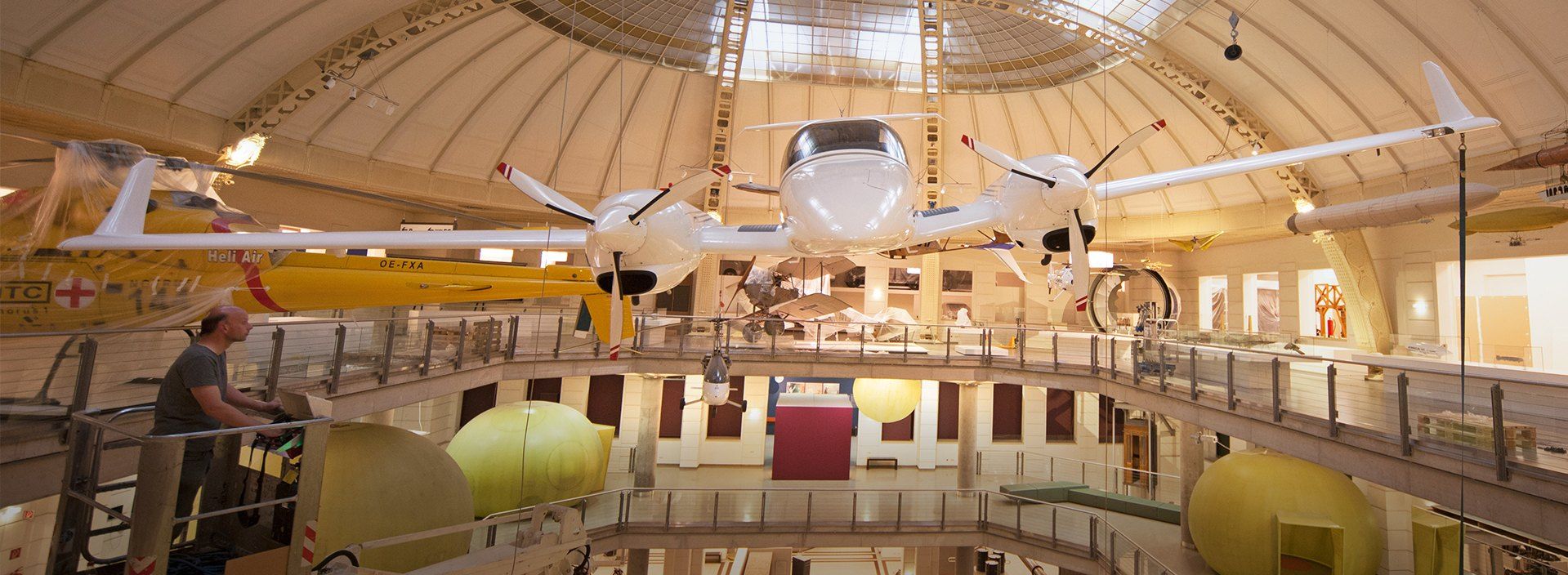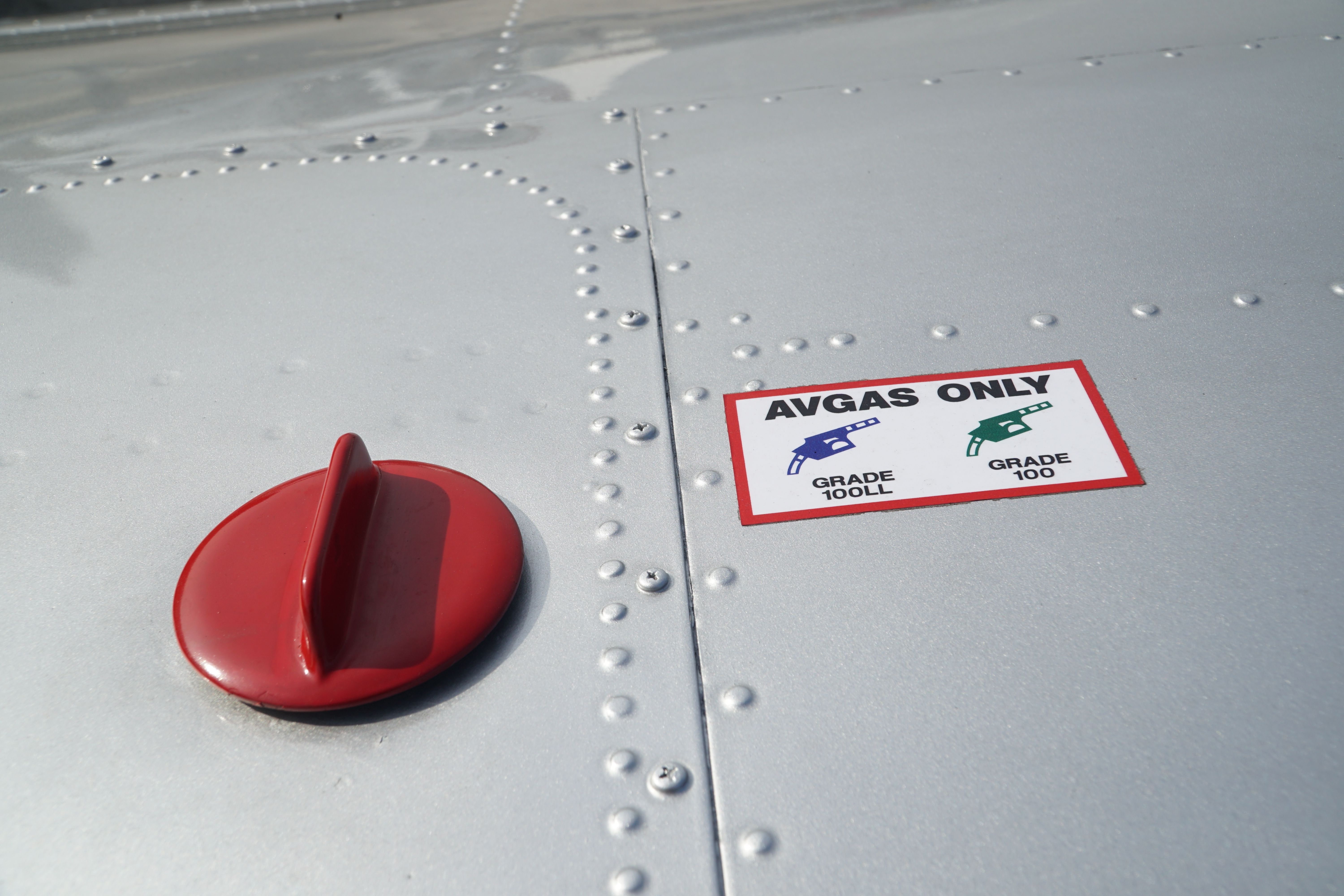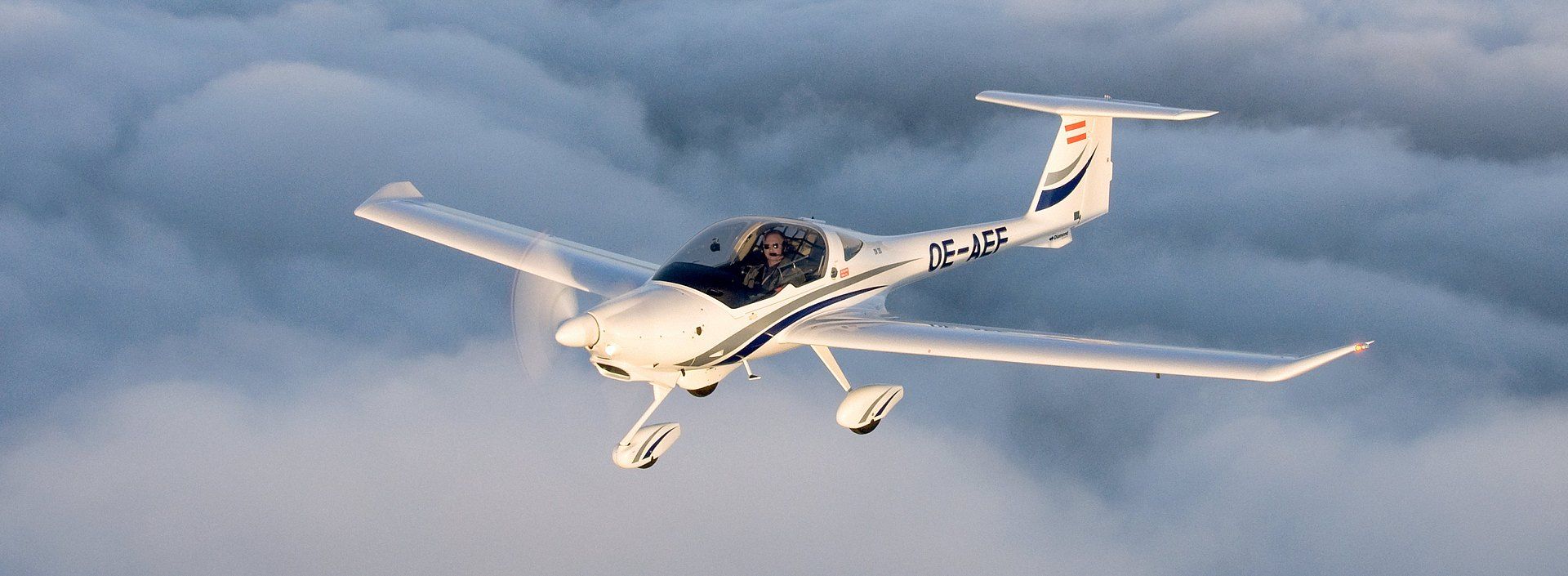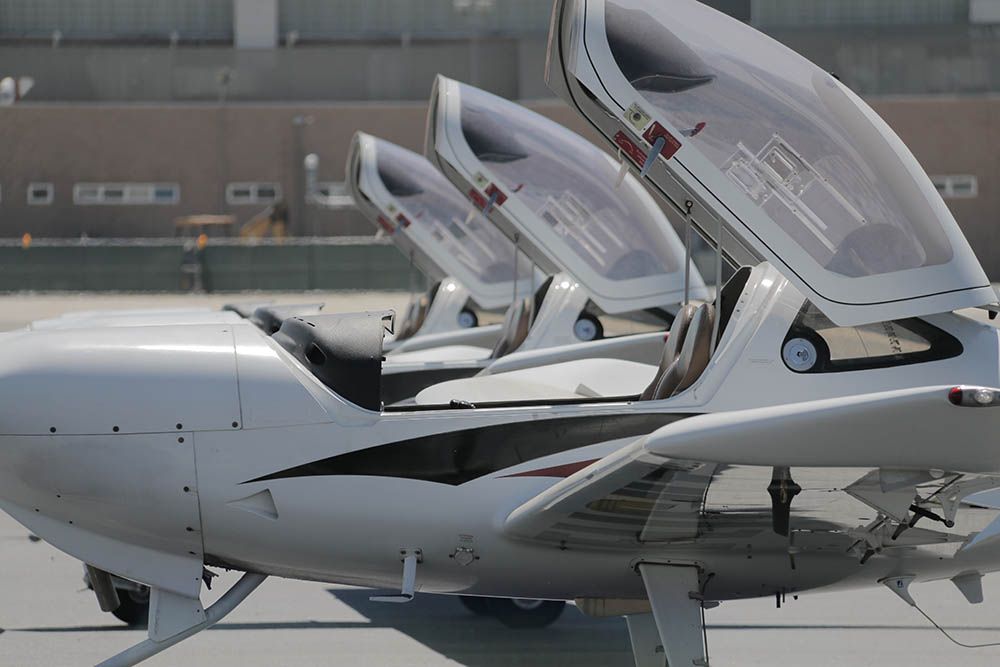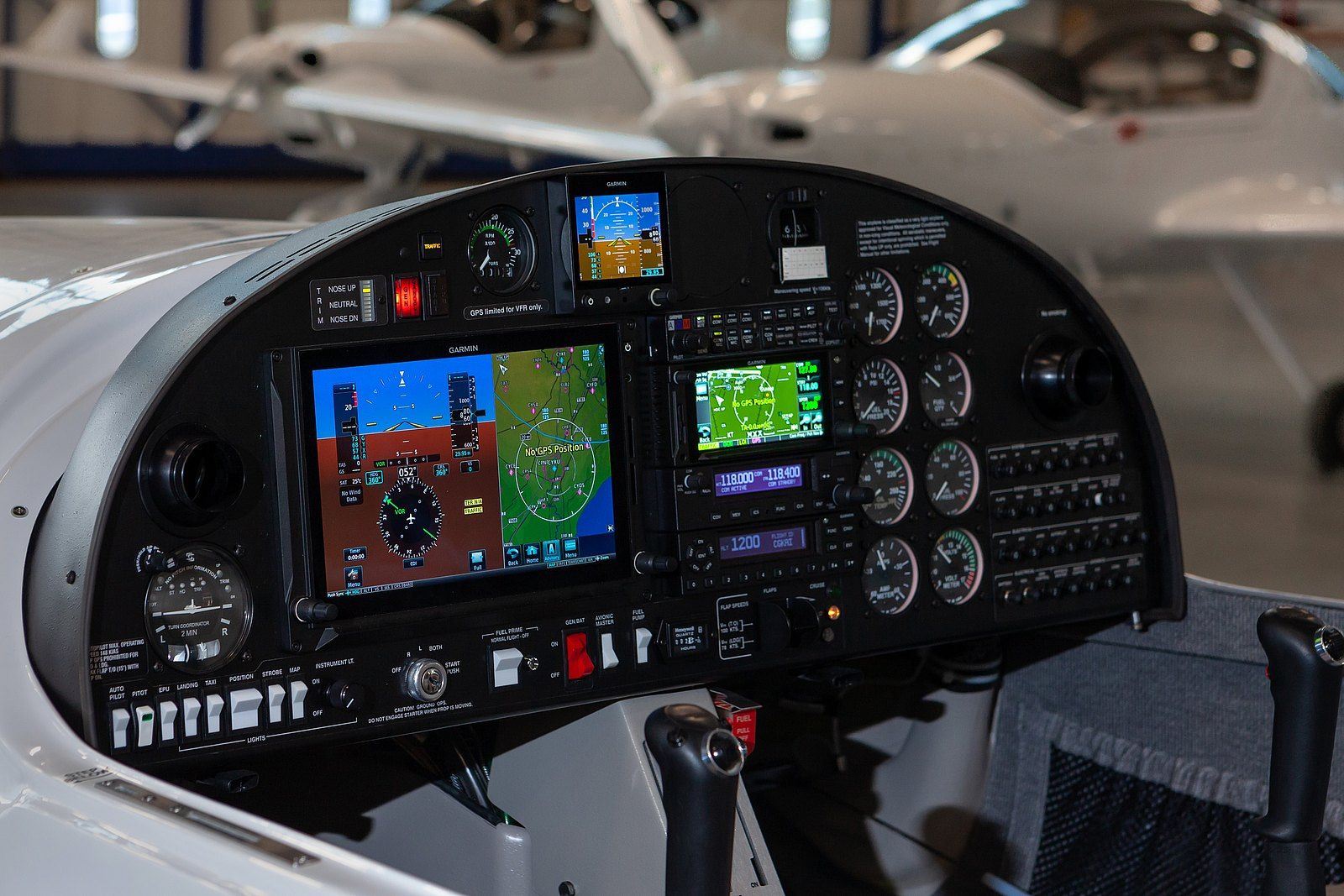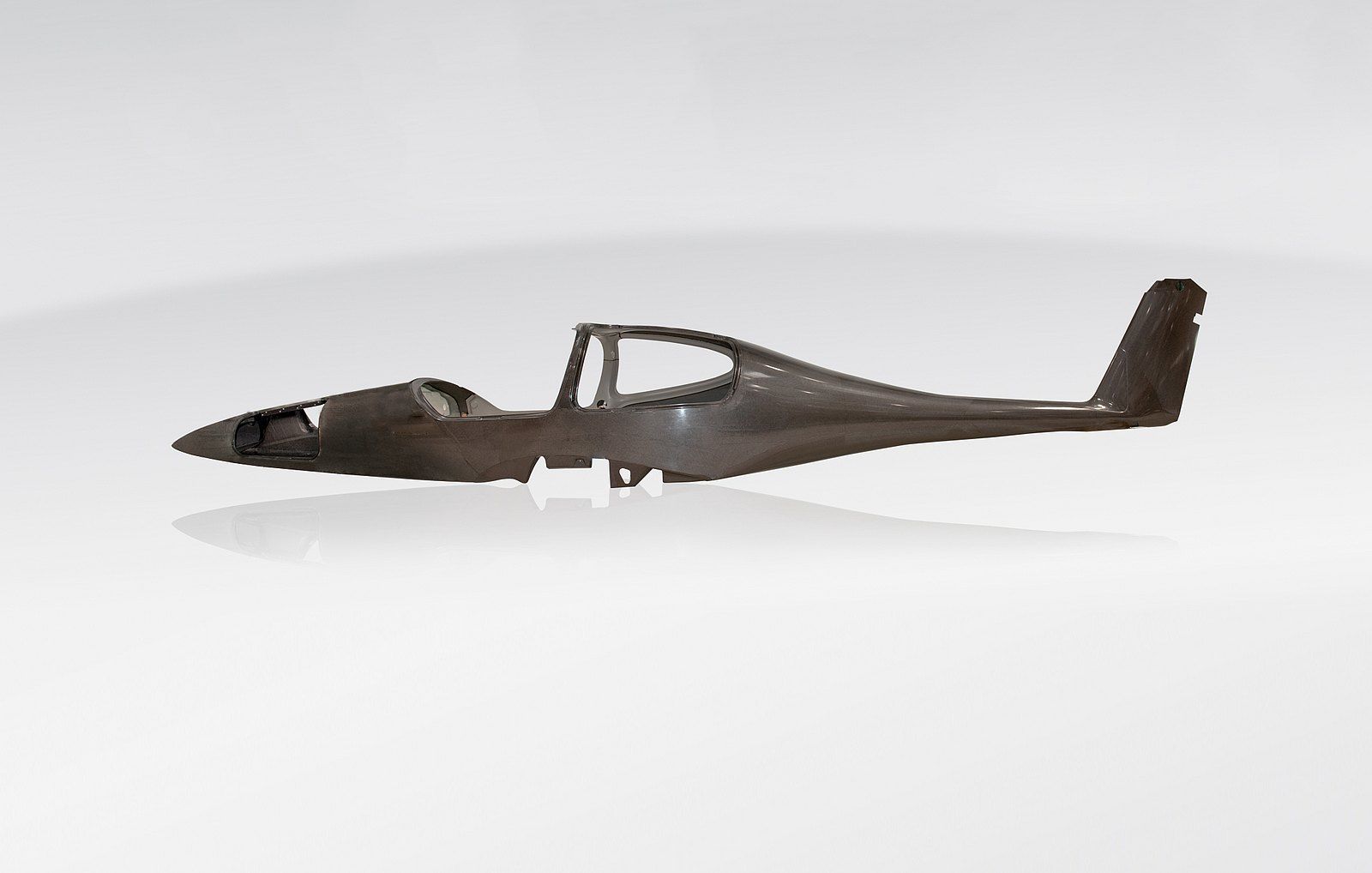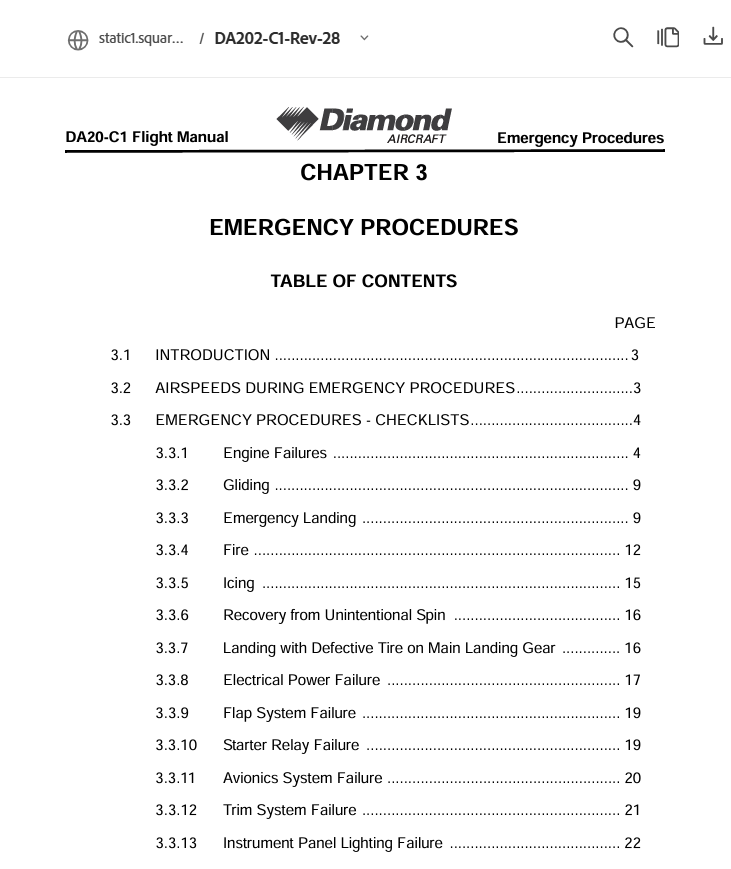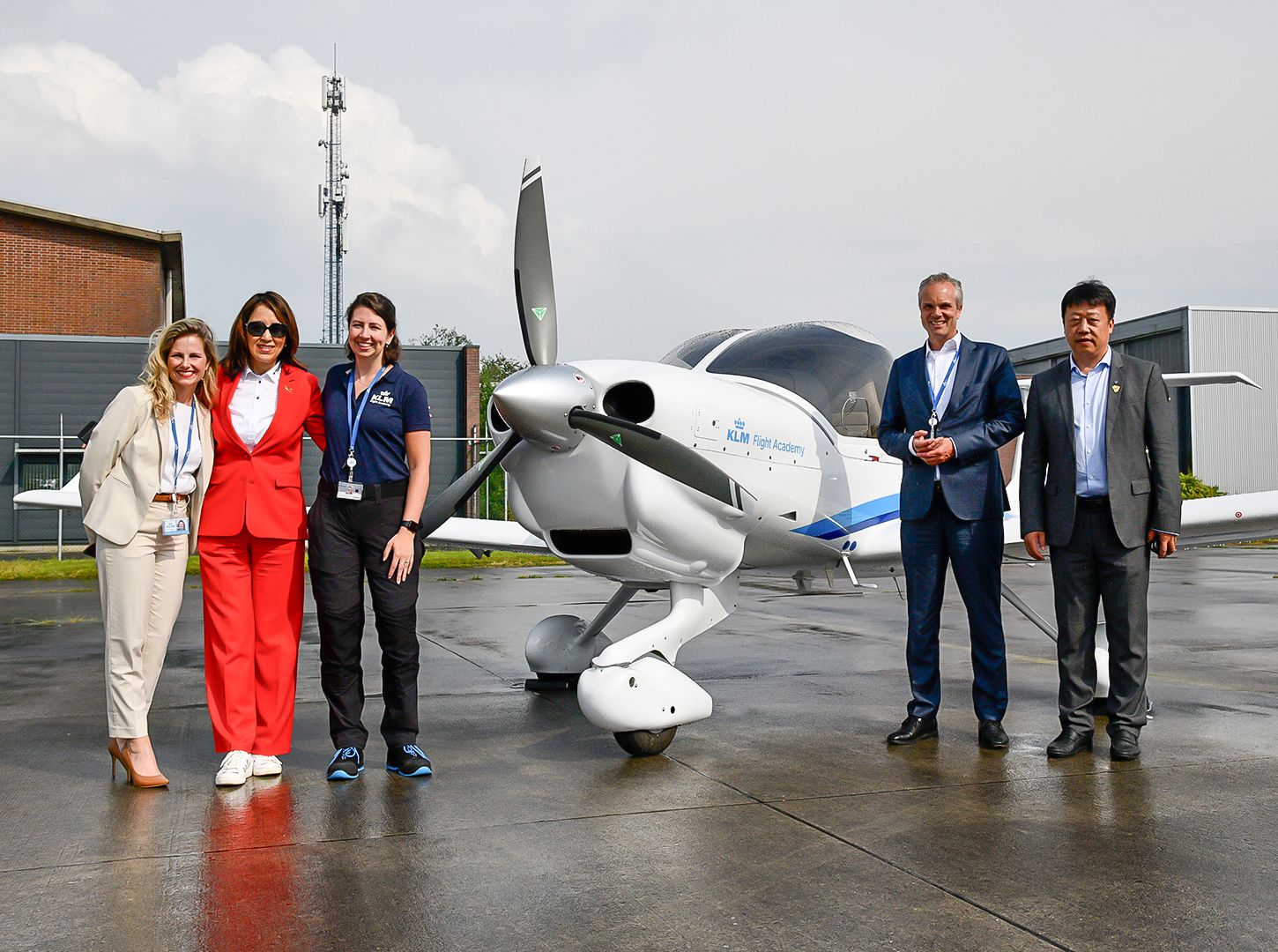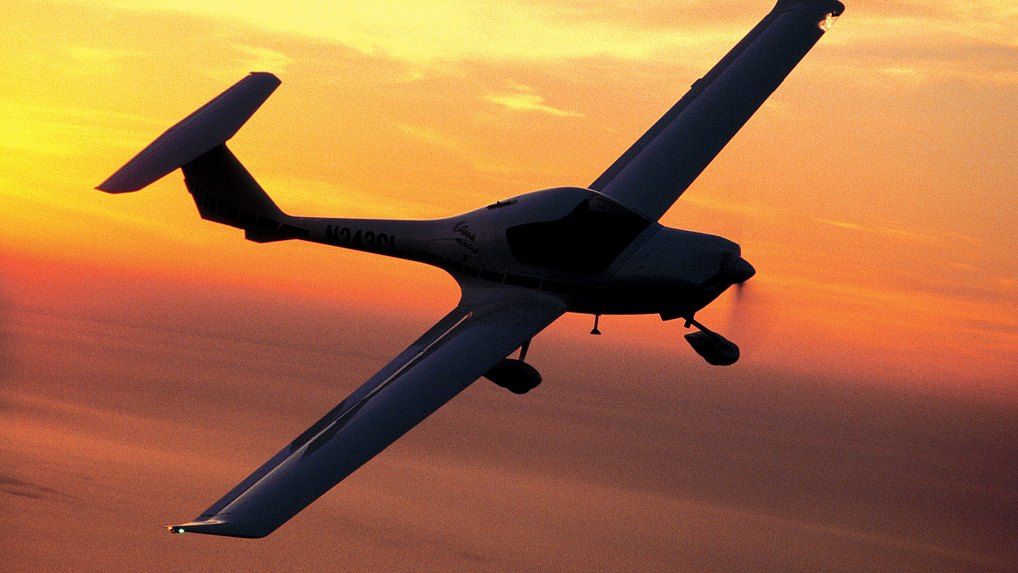
8 Features Of The Diamond DA20
The Diamond Aircraft Industries DA20-series was first produced in 1994 by a relatively new Austrian airframe manufacturer, Hoffmann Flugzeugbau. Later on, they adopted a new name, Diamond Aircraft Industries, after acquisition by the Dreis Family. With sales opportunities in North America, Diamond opted to open a facility in Canada to make the DA20. More than 1,000 copies have been produced. The current production model is the DA20-C1.
The original, Austrian-produced planes featured the Rotax rotary engine. The rotary engine used by some automobile manufacturers has a storied past in the North American marketplace. Nearly all General Aviation OEMs selling in North America use some version of the iconic Continental Motors four-cylinder-opposed powerplant. Diamond wisely opted to install a Continental engine for Canadian and American DA20 buyers.
Aviation enthusiasts will recall the airline industry’s “love affair” with jumbo jets. If it was bigger, then it must be better, right? Airbus had the A340 and A380, and Boeing had its B747 and B777. [note: I find it ironic that more than a few carriers wish they still had some of their Boeing B757 midsize planes in their fleet!].
By the mid-2010s, Diamond Aircraft thought they were hearing the footsteps of greater revenue by being bigger and better, too. Comments from the General Aviation industry filtered back to Diamond about the DA20 not being certificated for IMC (IFR), as well as, its limited payload.
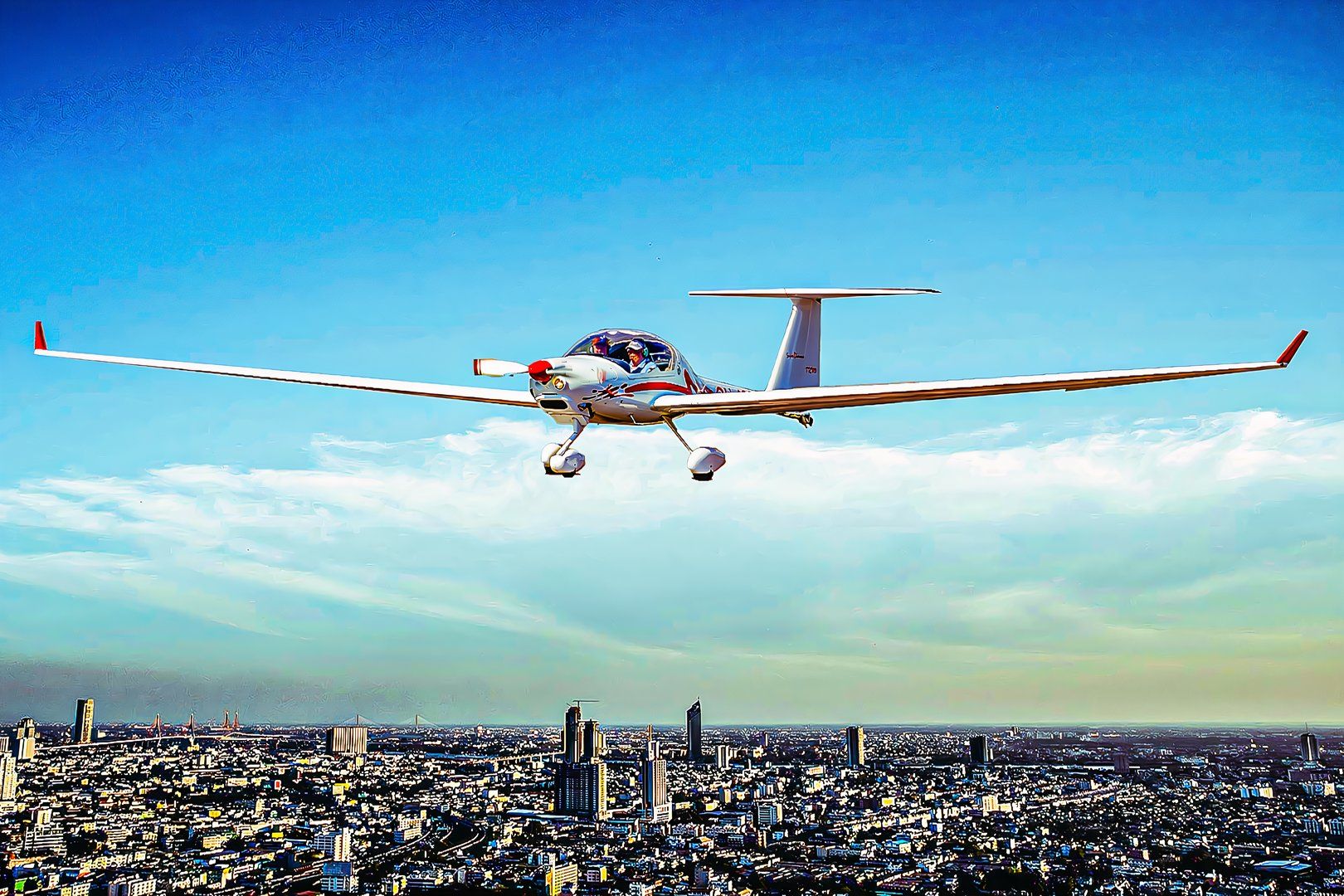
Related
The Oldest Diamond Aircraft: A Look At The Diamond HK36
The motor glider was the first aircraft launched by Diamond’s predecessor Hoffmann Flugzeugbau.
I can attest personally as a retired technical support engineer in the General Aviation industry, that I spoke to clients worldwide, and regardless of the brand or model of aircraft they owned, they lamented that their plane did not have enough range; or it was not fast enough, or its altitude ceiling was too low; or they did not have enough seating capacity, or their plane was not rated for Instrument Flight Rules. It seemed that everyone wanted whatever their friend’s plane had that theirs did not!
Diamond takes a lot of pride in what they do. This is evidenced by the factory museum at the company’s Austrian headquarters.
Big Metal Birds posted a good video on YouTube that points out how quickly student pilots forget about the simplicity of the DA20, and think they need a plane with all the added features mentioned above! The video is only eight minutes long, and it is worth watching.
Diamond thought the two-seat, visual flight rules DA20 was market-limited, and decided to stop advertising or promoting it to the public. They opted instead to promote the larger and more capable DA40. By 2020, Diamond realized the DA20 still had a solid market demand, so they refreshed it with a Garmin G500 glass instrument panel and relaunched the DA20-C1.
Four years later the DA20 production line is doing well, and DA20 owners love their aircraft! Let’s take a look at the DA20’s features that garner such a loyal following!
1
Economical fuel consumption
Makes the cost of operation palatable for a budget-minded pilot
Photo: ANDY_GK l Shutterstock
Lifestyle Aviation states that a DA20-C1 with a Continental Motors 125hp, four cyclinder engine, burns 3.2-5.3 gallons (20 liters) per hour. Compare this to a Cessna 172 that consumes 7-9 gallons per hour.
|
Aircraft |
Gallons/Liters hour |
|---|---|
|
Diamond DA-20 |
3.2-5.3/20 |
|
Cessna 152 |
5-7/19-26 |
|
Cessna 172 |
7-9/26-34 |
|
Piper PA-28 |
8-10/30-38 |
|
Mooney M20 |
8-9/30-34 |
|
Cirrus SR22 |
17-19/64-72 |
2
Superior cockpit visibility
An important feature for student pilot training
Knowledgeable aviators have frequently remarked that the DA20’s canopy is reminiscent of the Lockheed-Martin F-16 fighter jet. The F-16 was the first aircraft designed with an unobstructed view derived from its revolutionary one-piece Plexiglas canopy.
First Flight Aviation says this about the DA20’s cockpit visibility:
“The wraparound canopy and forward seating position provide an unobstructed view of the surroundings, making it easier for student pilots to navigate and spot other aircraft. This visibility is crucial for building situational awareness, a key skill for safe flying”
What better way to demonstrate the DA20’s superior cockpit visibility than a 90-second video of two pilots landing in the rain!
3
A popular choice for student pilot training
Popularity includes both students and flight schools
From the student’s perspective, the DA20 provides a positive experience that sticks with them long after school is over. The plane is forgiving of common student pilot mistakes. Flight schools like the DA20 because:
- It’s easy on the pocketbook
- Has low AOG time for maintenance work
- Simplifies the pilot training process for flight instructors
- It builds an appropriate amount of student confidence in their expanding pilot skills
4
An ergonomically-designed cockpit
Provides a good training experience
Another flight school, Egmont Aviation in Slovenia, states, “The interior of the Diamond DA20 is designed to provide comfort, functionality, and a conducive learning environment for pilots and passengers.” Diamond thoughtfully designed the DA20’s cockpit with human performance in mind, regardless if you are an experienced pilot, a flight instructor, or a student pilot.
5
Designed-in safety features
An aircraft OEM built on a culture of safety
Genesis Flight College in Stayner, ON, Canada has an all Diamond aircraft fleet. They are so impressed with Diamond’s safety culture and performance that they wrote a full-length, detailed article about it. Based on Genesis’ extensive research, including a report from the “Aviation Consumer Used Aircraft Guide,” that reported Diamond Aircraft’s accident fatality rate is 0.16 fatalities per 100,000 flight hours. By contrast, the General Aviation industry, taken as a whole, has an accident fatality rate of 1.2 deaths per 100,000 flight hours. And for those of us who want to know how we would fair in one of those rare DA20 mishaps, Aviation Consumer cites that 85% of them result in no injuries at all. Genesis summarized their thoughts by saying:
“The modern safety features on our Diamond aircraft just can’t be compared to aircraft built decades ago, even those that are impeccably maintained. What really matters, though, are results — actual safety statistics showing how aircraft perform in the real-life flying environment.”
Diamond Aircraft identifies aircraft safety using two strategies: Passive and active. Active safety features include those intended to mitigate problems before they happen, including:
- Structural and system redundancy
- An aerodynamically stable aircraft
- Spin-rated (certified to intentionally perform spins; great for student pilots) with flaps fully retracted
Passive safety measures are designed to mitigate the hazards of an aircraft accident, including:
- Structural integrity of the cockpit under crash conditions
- One-piece, bonded carbon composite fuselage, which absorbs impact energy aluminum cannot handle. Diamond calls the one-piece fuselage a “safety cell,” and is as shown below.
- Fire protection from flammable liquids
- Industry-recognized high-quality manufacturing. Watch the short video clip
6
The DA20’s ability to make a “dead stick” landing without a mishap
An often forgotten data point by new pilots and journeymen
Pilots sometimes forget what to do in this kind of in-flight emergency. You would think that fear of an engine-out landing is strictly for neophyte pilots, but that is not necessarily true. J. Putnam from General Aviation News, in his article entitled, “How to conquer fear when an engine fails,” says that the first five seconds after the engine fails, most pilots are panicked and shocked. Unfortunately, those five precious seconds could determine your fate.
Lesser experienced pilots tend to think the plane’s engine is the only thing keeping it in the air. A common thought is, “…no engine…we’re going to drop like a rock.” Probably the greatest mistake pilots make is thinking their first step is to troubleshoot the engine failure and get it back online. You can easily squander those first five seconds. A more productive use of time is to pull out your checklist, and recall your flight plan where you identified nearby places to land; turning back to your departure airfield is not always the best choice.
The first thing to do is declare an in-flight emergency and turn to a heading that takes you to the nearest airfield. Then you can turn your attention to restarting the engine. Of paramount importance is quickly determining the plane’s AGL altitude, airspeed, and distance to the divert airfield.
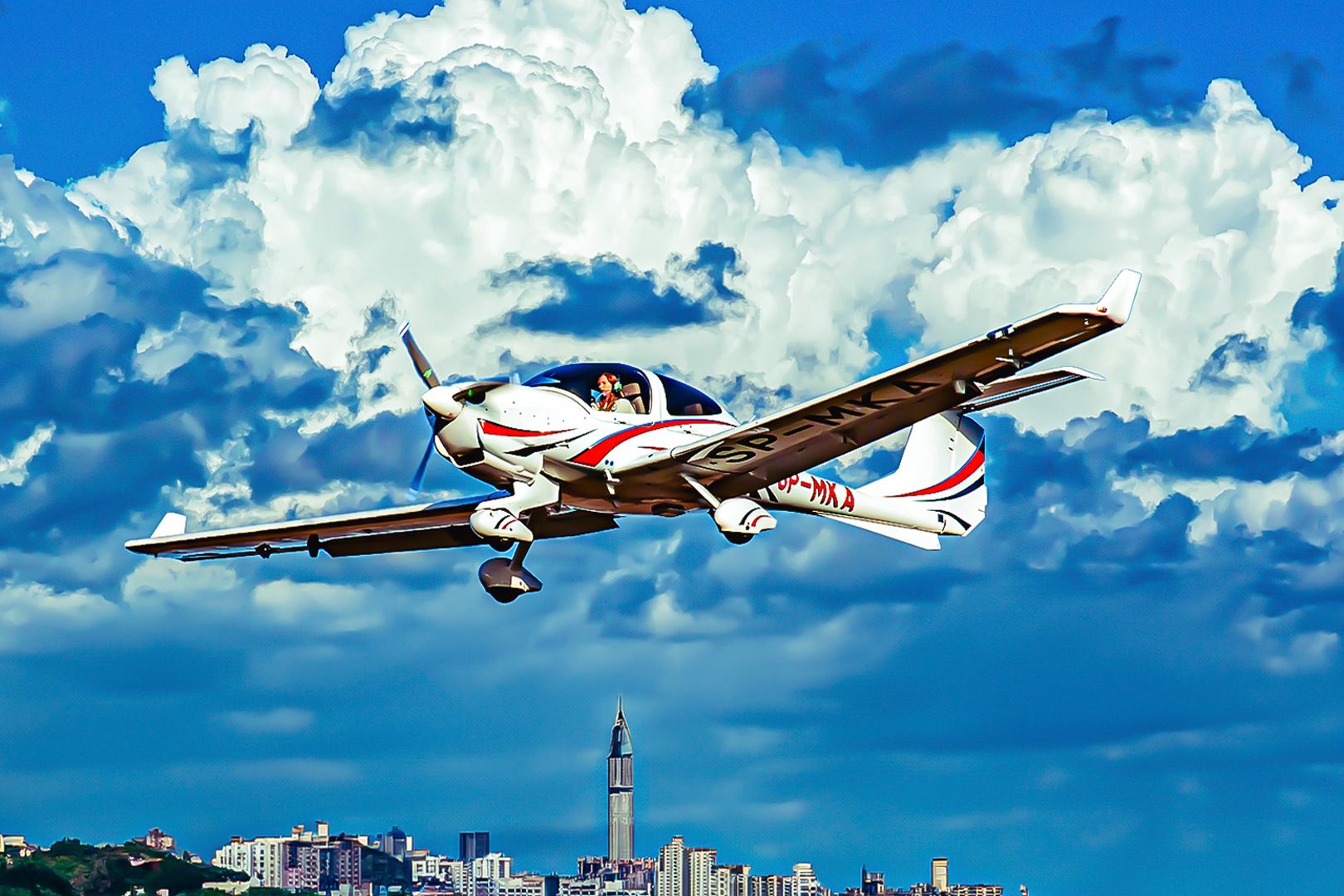
Related
A Guide To 4 Aircraft That Diamond Aircraft Has Produced
Diamond Aircraft has been producing aircraft since the 1980s.
This is where flying a Diamond DA20 provides a major safety advantage. The original DA20 iteration was designed in Austria where the company’s founders had been making powered gliders for several decades. You can probably tell by the looks of the DA20 that it has features carried over from building gliders.
The benefit that accrues to DA20 owners is a superb glide ratio of 11:1. For every foot of AGL altitude the plane is flying, it translates into an over-the-ground distance that is 11 times farther.
An altitude of 3,000 feet AGL translates to an over-the-ground distance of 6.25 miles.
By comparison, the average Cessna 172 has a glide ratio of 7-9:1.
What owners, students, and instructors have to say, matters!
Here are some comments from the flying community about the DA20.
- Jeremy Wilson said, “I flew a DA20 for three hours in the San Juan [Mountains] yesterday; beautiful summer evening, sunset over the mountains and the water, picnicking on a grass strip, playing with your little sports car in the sky. What a great plane.”
- CBBurch1 said: “Did my PPL in a DA20 and my IR in a DA40. They are a pleasure to fly and the only “bad” thing I can say about them is that they’re so much more aerodynamic than Cessnas, you will never want to fly anything else. For people who are 6 feet and taller, they are probably fairly uncomfortable. Due to their long, low wings, they get incredible ground effect, so controlling your final approach speed is critical to landing them on a short field. The good news is the stall speed is about 44kts so you can get them really, slow on final.”
- Sir Drifto published a great video in 2022 on YouTube about the DA20. He commented, “There’s a ton of aircraft options out there. But for the cost per hour vs the rate of fun, I have found the Diamond DA20 one of the best modern GA aircraft. Why? Well, it’s quite cost-effective to fly. Burning about 5.1 gallons per hour at 115kts is quite efficient. Enjoy the video, more aircraft reviews are in store.”
8
The DA-20’s Nighttime VFR Certification in Europe
What a great benefit for qualified pilots!
The European Union Aviation Safety Agency (EASA) allows Night VFR flying based on certain regulatory requirements for certificated General Aviation aircraft.
The EASA allows Private Pilot Licensed (PPL) fliers to fly at night under Visual Flight Rules, provided they have their night VFR license endorsement. EASA requires five hours of additional ground school and four hours of night flying with an instructor pilot.
Diamond’s DA20 is EASA-certificated for night VFR operations.
Although the DA20 has its EASA night VFR certification, it is unlikely the U.S. Federal Aviation Administration (FAA) would change its regulations to permit general aviation aircraft and PPL holders to obtain the same status.
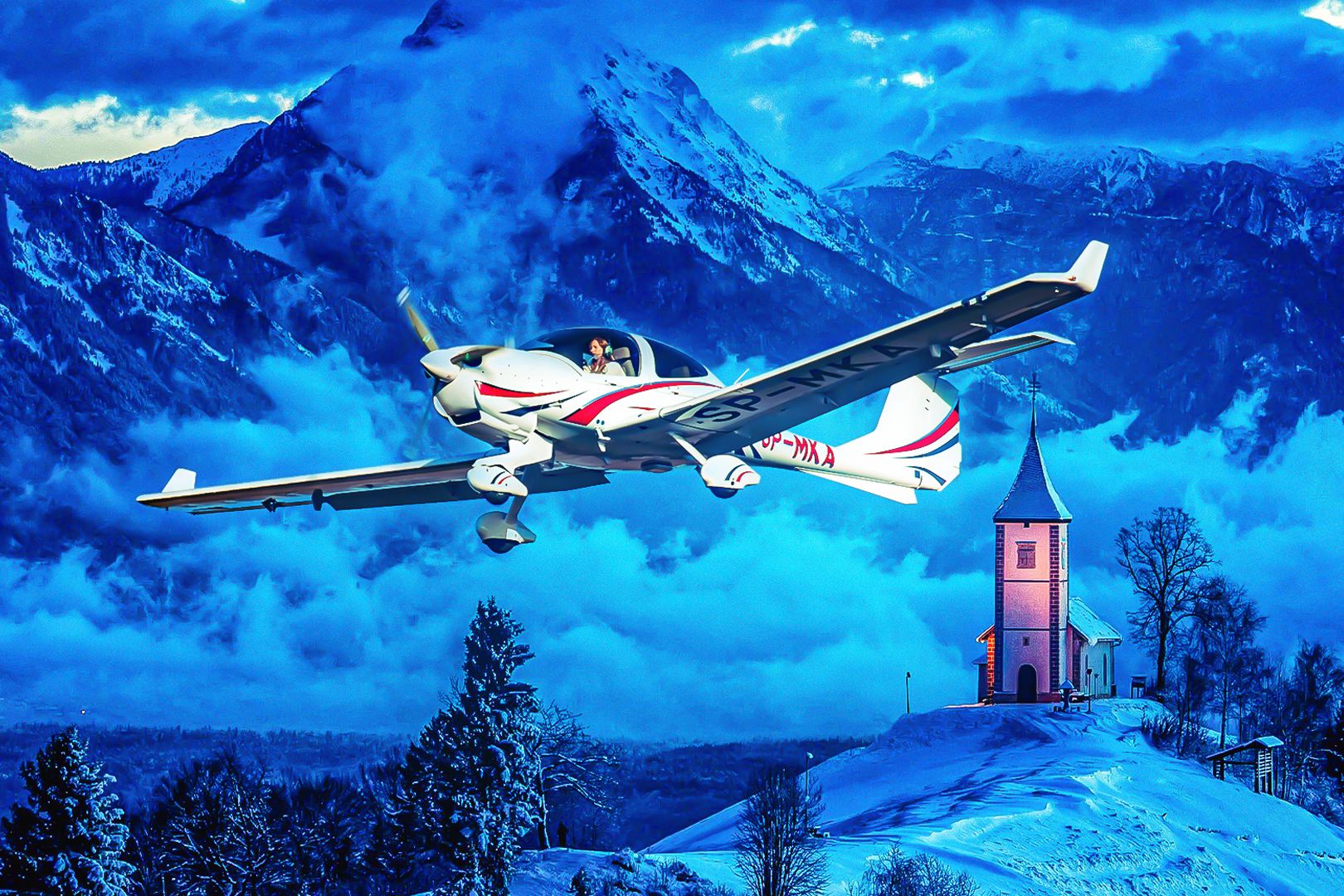
Related
Beyond Cessna: Highlights Of The Diamond DA40 & Other Single-Engine Planes
There are far more single-engine models than just those Cessna brings to the market.
Ch-aviation published a report in 2022 covering various aviation statistics. They cited airspace congestion statistics that at any given moment, day or night, the U.S. has more than 7,300 aircraft in the air compared to Europe’s 5,900 planes. Nearly 47% of the airborne planes in American airspace are General Aviation.
Because there’s such a large number of General Aviation planes aloft in the U.S., which includes the DA20, the FAA is uneasy about VFR-only aircraft being flown at night by private pilots without an instrument rating. No doubt, there are American PPLs who are envious of their European counterpart’s ability to fly night VFR, if they are so inclined to get the rating.
Summarizing the DA20 discussion, the plane has 30 years of success and is powered by a great safety record, a pilot-friendly cockpit, a palatable price tag, and a lot of fun to fly! The DA20-C1 is ideally suited to her marketplace.
